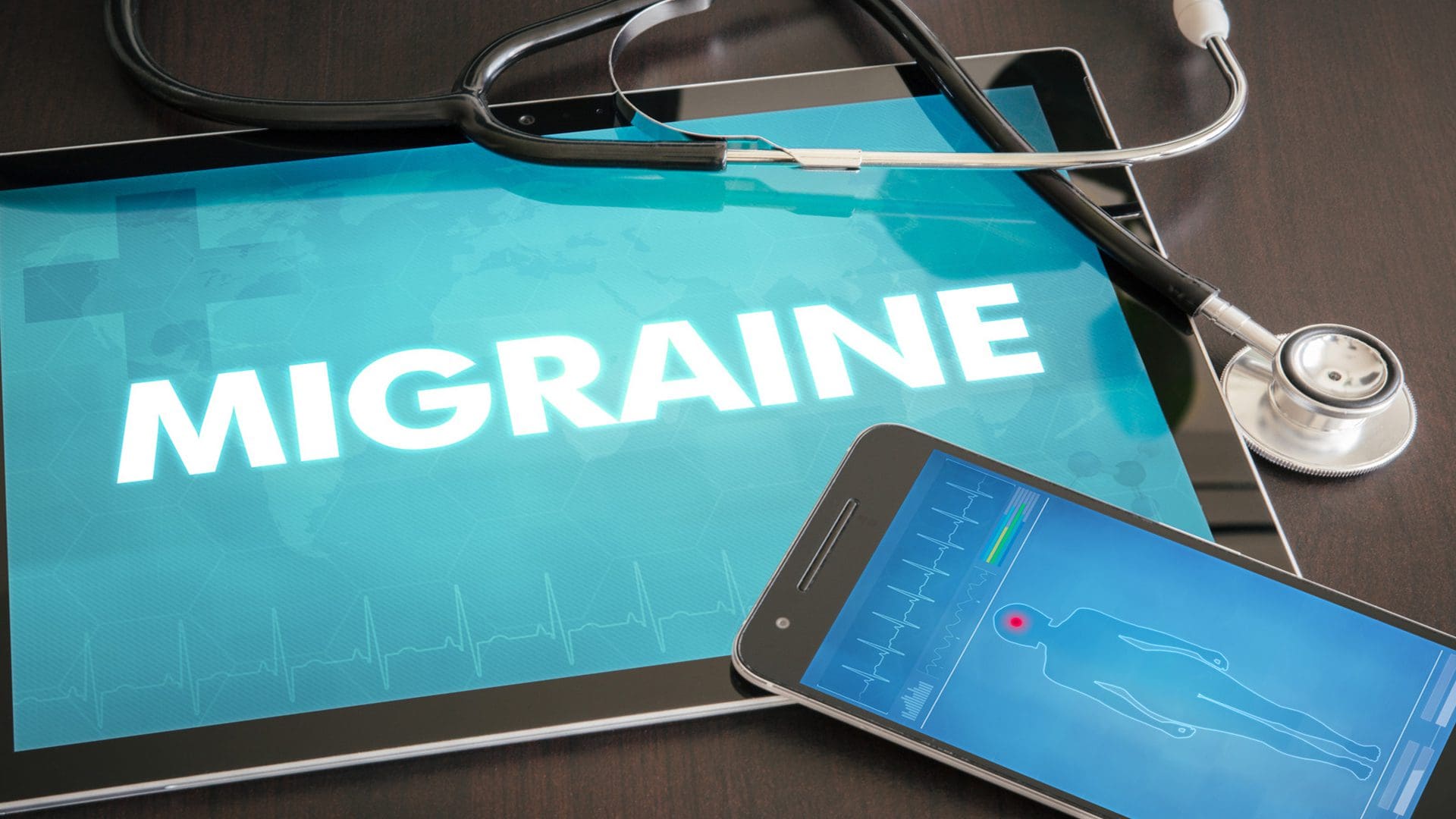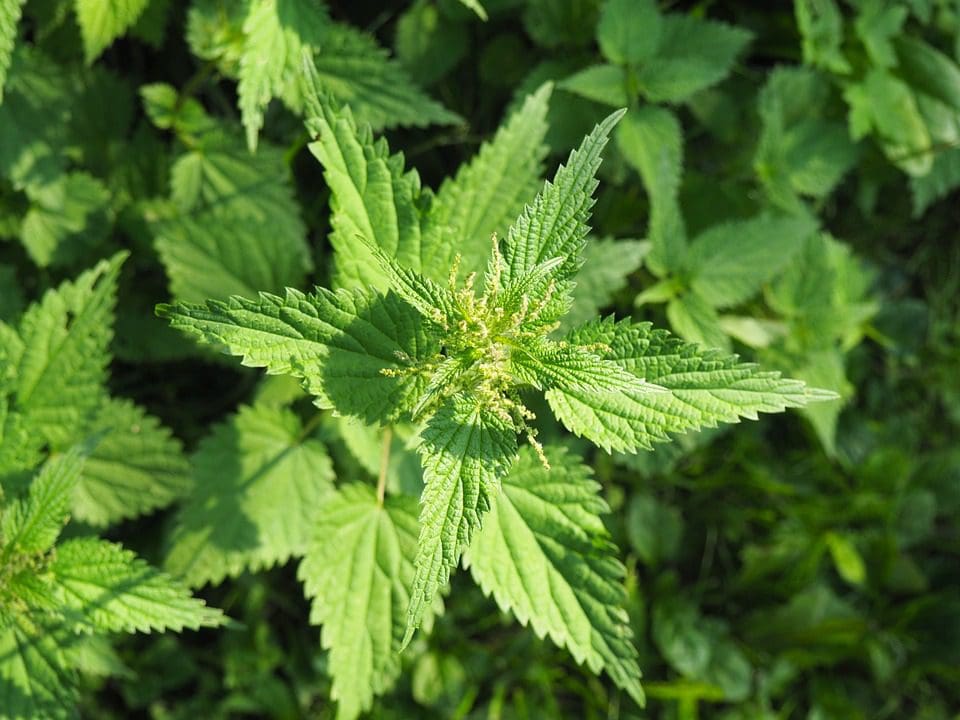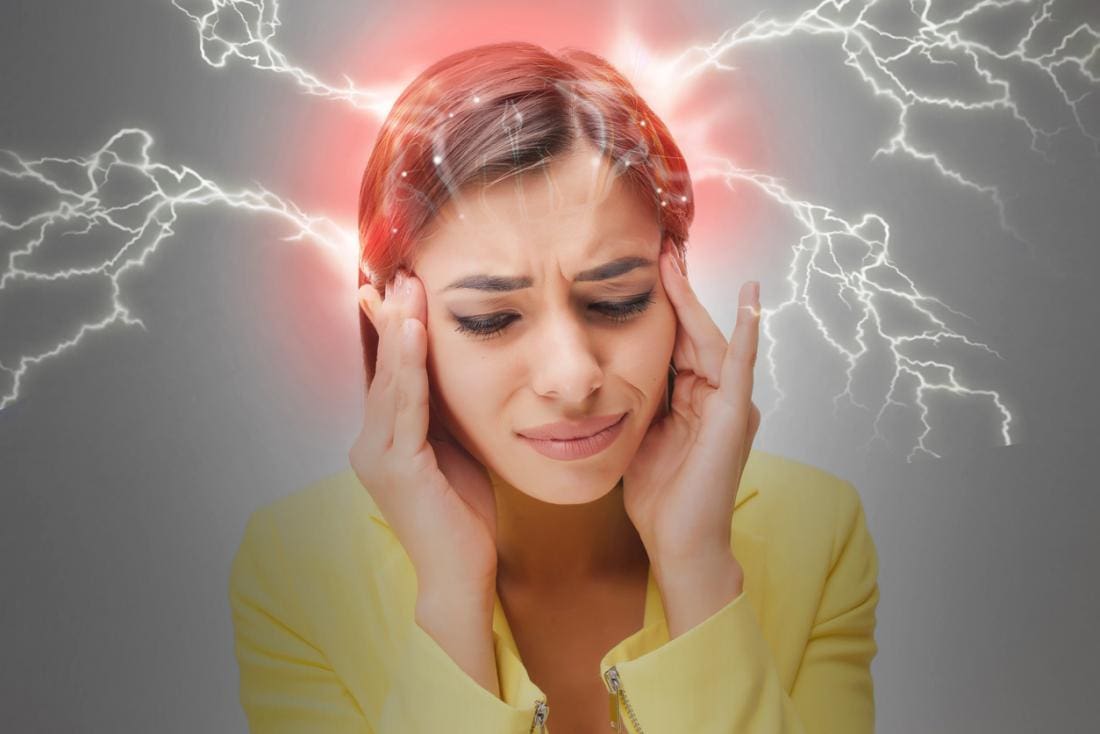The therapeutic effects of Cannabidiol or CBD, is often the cannabinoid’s pain soothing effect that gets talked about. Headaches are the most common source of pain for the general population. Therefore, it makes sense that CBD use for migraines and headaches is an obvious.
Migraines and headaches can be a medical mystery, but usually their causes are brought on by problems with brain stem centers. The only treatments thus far, has been painkillers i.e. paracetamol or ibuprofen. Triptan medications, which constricts the blood vessels in order to block pain pathways in the brain are used as well. But is there a better more natural way to treat headaches and migraines?
Table of Contents
Cannabis Has Been Treating Headaches For Quite Awhile
CBD oil for headaches is not a new therapy. Cannabis is mentioned as treatment for headaches in ancient texts that go back thousands of years. However, its use didn’t become familiar in the west until the 19th century when it would be prescribed by doctors as a tincture.
Today conclusive clinical evidence is incomplete, as far as, medical cannabis and hemp oil use for headaches. But scientists do know when it comes to CBD oil use for headaches and migraines, that the endocannabinoid system is working in conjunction with the compounds.
The Endocannabinoid System & Migraines
A theory brought about a possible contributing cause of migraines is dysfunction in the endocannabinoid system or (ECS). This is the body’s network of receptors and cannabis-like chemicals that respond and regulate:
- Pain
- Immune system
- Mood
- Sleep
- Appetite
- Memory
Researchers have noted ECS mechanisms that could have a connection to migraine attacks.
Anandamide (AEA) is one of the prime endocannabinoids in the body. It is both a painkiller and has been found to power the serotonin 5-HT1A receptors.
The clearest record of endocannabinoid dysfunction that contributes to migraines is from a study in 2007 at the University of Perugia and published in the Journal of Neuropsychopharmacology. Researchers measured endocannabinoid levels in the cerebrospinal fluid of patients with chronic migraines and found significantly lower amounts of Anandamide. These findings, could “reflect an impairment of the endocannabinoid system in these patients, which may contribute to chronic head pain.”
Clinical Endocannabinoid Deficiency? Migraines Could Be A Sign
The link between lower levels of endocannabinoids in migraine patients has contributed to the formulation of what has been termed Clinical Endocannabinoid Deficiency. This theory was developed by Neurologist and Cannabinoid Researcher Dr. Ethan Russo.

The theory comes from how many brain disorders are inadequate or missing neurotransmitters like acetylcholine. Russo has suggested “a comparable deficiency in endocannabinoid levels might manifest similarly in certain disorders that display predictable clinical features as sequelae of this deficiency.”
In an interview he describes how, “If you don’t have enough endocannabinoids you have pain where there shouldn’t be pain. You would be sick, meaning nauseated. You would have a lowered seizure threshold. And just a whole litany of other problems.”
Russo relates these deficiencies can be addressed through introduction to plant cannabinoids, which act almost like those found in the body, by stimulating the endocannabinoid receptors. There is CB1 agonists such as Marinol and Nabilone have been tested for migraines, Russo suggests that the ECS needs a “gentle nudge” rather than a “forceful shove” given by these synthetic alternatives. He suggests small doses of whole plant cannabis, which contain “additional synergistic and buffering components, such as CBD and cannabis terpenoids.”
Cannabidiol CBD Oil: Migraines
Russo in particular singles out CBD (Cannabidiol) in that it brings balance to the endocannabinoid system. In his interview with Martin Lee from Project CBD he says, “cannabidiol is an endocannabinoid modulator, in other words, when given chronically it actually increases the gain of the system…. So, if there’s too much activity in a system, homeostasis requires that it be brought back down. If there’s too little, it’s got to come up. And that’s what cannabidiol can do as a promoter of endocannabinoid tone.”
Scientists still are not exactly sure of how CBD interacts with the endocannabinoid system. Unlike psychoactive THC, CBD does not bind with any of the endocannabinoid receptors. Instead it activates a host of other non-endocannabinoid receptors, which work in the development and treatment of migraines, i.e. the 5-HT1A serotonin and TRPV-1 receptors.

Another possible explanation is CBD’s role as a fatty acid amide hydrolase (FAAH) inhibitor, which breaks down anandamide in the body. By inhibiting its production the theory is that it might lead to higher levels of pain relieving endocannabinoid. This is something that would benefit migraine sufferers.
Lack Of Clinical Evidence
Currently there are no gold standard, double blind, placebo clinical studies published to back up any accounts that suggest CBD or cannabis is an effective treatment for headaches and migraines.
One placebo controlled study has been conducted, documenting the safety and efficacy of synthetic THC medication Dronabinol for migraines. However, the results are still pending.
The largest study to take place was done from a retrospective basis. It was published in 2016 and found that out of 121 participants that suffer from migraines and were prescribed medical cannabis by a doctor; 103 participants found their migraine frequency reduced by half.
Can Cannabidiol Cause A Headache?
There are those who tried CBD and noted persistent headaches and even migraines. Does CBD cause headaches, even though the research suggests the contrary.
Those who reported getting headaches after taking CBD oil noted that the oil they bought was low quality, and the ingredients used included ethanol, various alcohols, preservatives and harsh chemicals.
When purchasing CBD oil for migraines or other conditions, get the best quality, not the cheapest!
How To Use CBD For Head Pain
There are different ways to apply CBD oil for headaches. If taking CBD for tension headaches, migraines or general headaches, there are many way to administer. Probably the simplest and most effective ways of using CBD is the sublingual method.
With this method one places a few drops of oil underneath the tongue. There it permeates through the membrane and makes its way to where it needs to go.
This isn’t the only method and many others can be just as effective. Make sure to do research when looking for CBD products online and the methods of administering these products.
Just like the nature of migraines, CBD for headaches and migraines is still not completely and scientifically understood. But with continued research of CBD and Cannabinoid based medicine, the future of sufferers of headaches and migraines will get better.
Injury Medical Clinic: Migraine & Chronic Pain Treatment
Post Disclaimer
Professional Scope of Practice *
The information herein on "Cannabidiol (CBD) For Migraines And Headaches?" is not intended to replace a one-on-one relationship with a qualified health care professional or licensed physician and is not medical advice. We encourage you to make healthcare decisions based on your research and partnership with a qualified healthcare professional.
Blog Information & Scope Discussions
Our information scope is limited to Chiropractic, musculoskeletal, physical medicines, wellness, contributing etiological viscerosomatic disturbances within clinical presentations, associated somatovisceral reflex clinical dynamics, subluxation complexes, sensitive health issues, and/or functional medicine articles, topics, and discussions.
We provide and present clinical collaboration with specialists from various disciplines. Each specialist is governed by their professional scope of practice and their jurisdiction of licensure. We use functional health & wellness protocols to treat and support care for the injuries or disorders of the musculoskeletal system.
Our videos, posts, topics, subjects, and insights cover clinical matters, issues, and topics that relate to and directly or indirectly support our clinical scope of practice.*
Our office has reasonably attempted to provide supportive citations and has identified the relevant research study or studies supporting our posts. We provide copies of supporting research studies available to regulatory boards and the public upon request.
We understand that we cover matters that require an additional explanation of how it may assist in a particular care plan or treatment protocol; therefore, to further discuss the subject matter above, please feel free to ask Dr. Alex Jimenez, DC, or contact us at 915-850-0900.
We are here to help you and your family.
Blessings
Dr. Alex Jimenez DC, MSACP, RN*, CCST, IFMCP*, CIFM*, ATN*
email: coach@elpasofunctionalmedicine.com
Licensed as a Doctor of Chiropractic (DC) in Texas & New Mexico*
Texas DC License # TX5807, New Mexico DC License # NM-DC2182
Licensed as a Registered Nurse (RN*) in Florida
Florida License RN License # RN9617241 (Control No. 3558029)
License Compact Status: Multi-State License: Authorized to Practice in 40 States*
Presently Matriculated: ICHS: MSN* FNP (Family Nurse Practitioner Program)
Dr. Alex Jimenez DC, MSACP, RN* CIFM*, IFMCP*, ATN*, CCST
My Digital Business Card





